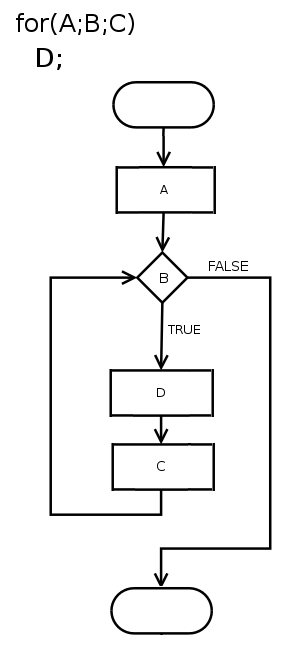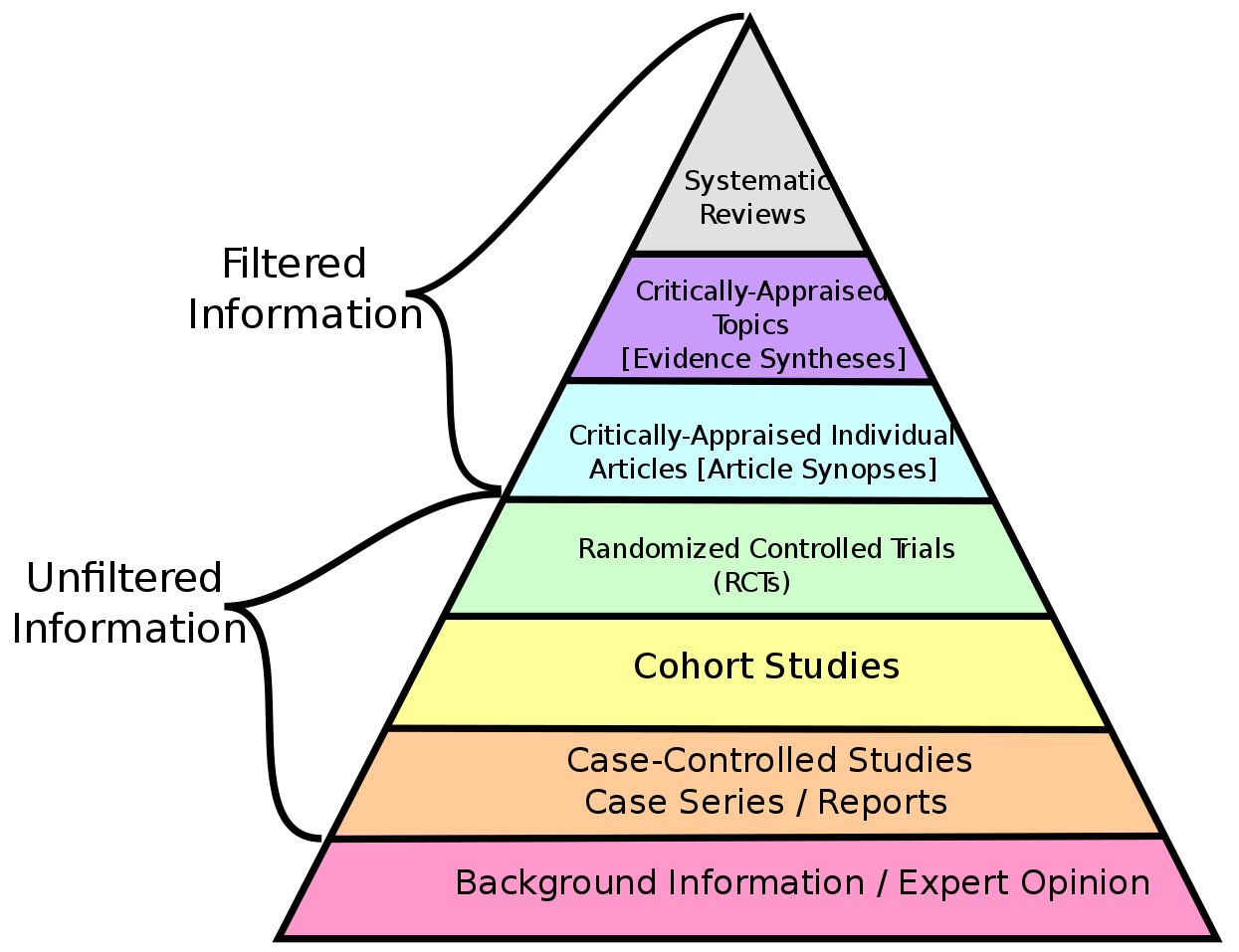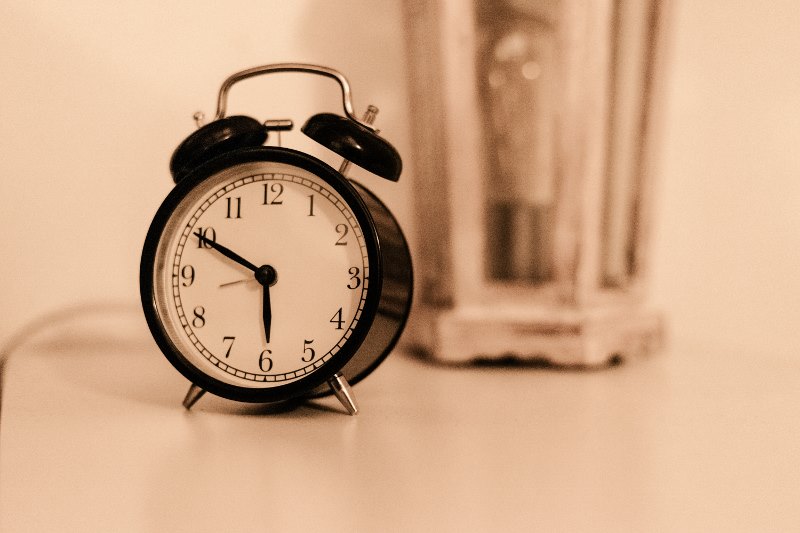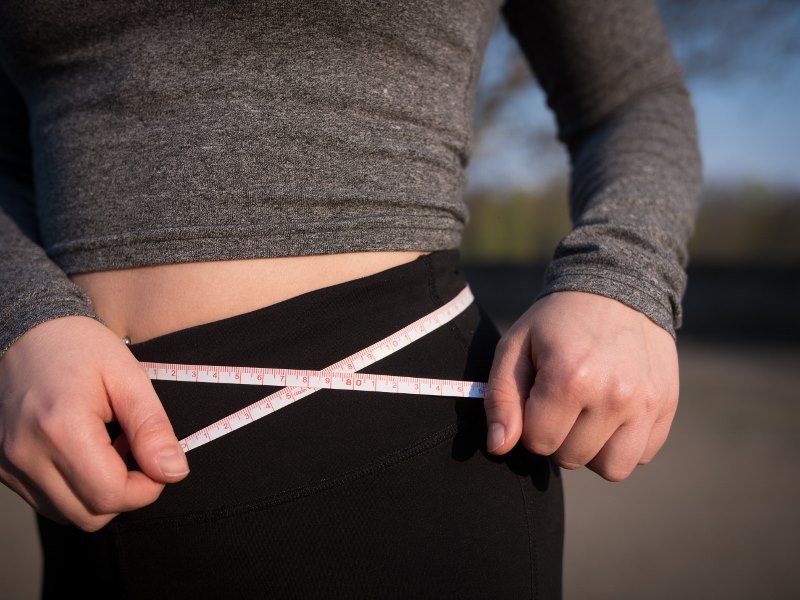Over the course of my current diet plan, in an effort to ward off hunger, my meal times drifted from their normal place. My breakfast time, in particular, migrated a long way. In essence, and without really meaning to, my eating habits ended up mirroring the practices of 16:8 intermittent fasting. And I have, undoubtedly, lost a lot of weight during this diet plan. So, does this mean that 16:8 intermittent fasting is good for weight loss?
There’s a lot to unpack here, and, in an early twist, I need to start with my with sleeping habits.
I’ve never been much of an early riser; the morning just isn’t my time. I’m more of a night owl and, as I work from home, I’ve shifted my working day accordingly. By sleeping between 3 and 11am, I still get my eight hours sleep a night, and it allows me to get on with what I need to do, with the least level of disturbance.
I can do my house husband stuff from the time I get up until when I serve the evening meal. Then I get to spend quality time with the family until they head off to bed at (what used to be) around 10pm. From then until my bed time, I get to do my writing. This system has worked well since the point the girls were old enough to get themselves to school in the morning. However, the girls are now 16 and 17 and it isn’t the morning that’s the issue. It’s the night time: the days of them being in bed by 10pm are loooooong past! Which means I might need to rejig my schedule again…
But that’s an issue for another time.
The reason I mention all this is that, on my sleep schedule, my ‘normal’ breakfast time has typically been around 11:30am. The next meal is at 6pm, at which point we all sit down for a family dinner, and the main meal of the day. Historically, I would bridge this gap with a snack, something that this diet does not allow me to do. Consequently, and despite how filling my morning porridge (oatmeal) might be, it can’t stave off hunger for six and a half hours.
As a result of these increasing levels of afternoon hunger, I started having my breakfast later and later in the day. It turned out that the hunger I experienced before breakfast, was easier to manage than that before dinner. Through trial and error, I learned that 2pm was the ideal time for me to have ‘breakfast’.
I’ve always taken my third meal of the day, another bowl of porridge, at around 10pm. This seems to prevent too much night time hunger, and keeps me full (enough) until bed time. And, as I don’t eat anything else during the day, I naturally found myself only eating during an eight hour window. Which is the exact premise of the 16:8 intermittent fasting routine: fast for 16 hours a day and then consume all your calories in the other eight hours.
Without even realising it, I was 16:8 intermittently fasting for weight loss. And I was losing weight. There were two possible reasons for this:
- The weight loss was incidental to the intermittent fasting
- The weight loss was because of intermittent fasting
Was it cause and effect, or was it just coincidence? I needed to know…

I should explain, at this point, that there are a variety of different types of intermittent fasting. However, I am only talking about the 16:8 version in this post. Other types of intermittent fasting are:
- Alternate Day Fasting (ADF) – the process of alternating between: days when you eat nothing (or very little, as with ADMF), and; days when you eat normally.
- Whole Day Fasting (WDF) – the process of having regular days of fasting in a weekly cycle. The most popular of these is the 5:2 diet, where you fast for two days a week and eat normally for the other five.
- Time Restricted Feeding (TRF) – of which 16:8 is an example, where you only eat within specific windows in each 24 hour period. Other versions exist, like the 20:4 ‘Warrior Diet’, where you only eat during a four hour window. And the inevitable variable, where this is taken to the extreme; of eating just one meal a day.
While I’d been aware of intermittent fasting, before I found myself on the 16:8 version, once I was doing it I took a lot more interest. I started looking up information and watching videos about it on YouTube. And that was an eye opener!
According to some of the people on YouTube, I’d stumbled across the Holy Grail of dieting. Not only was intermittent fasting good for weight loss, it had so many benefits, I should do it all the time.
I admit, this piqued my interest…
I also admit to being somewhat skeptical…
The old adage of: ‘if it seems to be too good to be true, it probably is’, sprang to mind. I was going to need some serious convincing before I got drawn in to something that had all the hallmarks of the latest fad diet.
Beside the amazing weight loss benefits of 16:8 intermittent fasting, some of the other claims were as follows:
- Increased levels of cellular repair (autophagy), thus reversing aging
- Prevention of certain types of cancer
- Prevention of muscle loss during dieting
- Controlled insulin production and blood sugar levels, assisting with Type 2 Diabetes
- Fat was more quickly and easily burned in a fasted state
- You had more energy in a fasted state
- Focus and concentration levels increased in a fasted state
- Hunger was easy to control
On closer inspection, however, it turned out that a lot of these benefits had mainly been identified during rat studies. Which is to say, in vivo, on lab rats, as opposed to in clinical trials, on humans.

By Jean-Etienne Minh-Duy Poirrier – https://www.flickr.com/photos/jepoirrier/422469518/in/set-72157594329856603/, CC BY-SA 2.0, https://commons.wikimedia.org/w/index.php?curid=10705806
And while intermittent fasting can control blood sugar levels, with a benefit to Type 2 Diabetes, so can other forms of diet. There is very little difference in the benefit of 16:8 intermittent fasting when compared to a regular healthy, balanced diet, where carbohydrate consumption is properly regulated.
The claimed benefit of being able to burn fat more quickly and easily in a fasted state, was far from clear cut:
- It is true that more fat can can be burned in a fasted state. But only after you get past the 90 minute mark of continuous low intensity fasted cardio. Once you get past an hour and a half, the fat reserves really do start taking a hit.
- Before 90 minutes, and for moderate and high intensity activity, there’s no noticeable difference in ‘fat burning’ between fasted and non-fasted states.
- It turned out that fat mobilisation is not the same as fat burning. Just because your body breaks down your fat reserves to release fatty acids, does not mean that these fatty acids are used. Unused fatty acid just gets turned back into fat reserves once the exercise is finished.
- If the body is forced to use a disproportionately high level of fat, when you’re fasted, it will compensate by using a disproportionately high level of glucose for the rest of the day.
For more on this, see James Linker on YouTube.
As for the remaining three benefits of 16:8 intermittent fasting, as listed above, I’ve considered them in relation to my own experience. Yes, I’m going to refer to anecdotal evidence…

By CFCF – Own work, CC BY-SA 4.0, https://commons.wikimedia.org/w/index.php?curid=42857736
You see how high up the pyramid that ‘anecdotal evidence’ sits?
No?!
That’s because it is beneath the bottom layer. Didn’t even make the pyramid!
I’m fully aware of this and I’m telling you up front. I mention this only because an awful lot of sources about the benefits of 16:8 intermittent fasting on weight loss are largely based on anecdotal evidence. There may also be a reference or two to studies. But it’s seldom made clear whether the information given represents the conclusions of the studies, or simply a talking point. Or, indeed, if the studies are even on humans, as opposed to rats.
My point is; whatever the source, treat anecdotal evidence as information, not fact.
And, so, on to my personal experiences…
I don’t have more energy in a fasted state.
I tested this by repeating the same cycle ride, once in a fasted state and once in a non-fasted state. The ride was over the same distance but everything else was different: time of day, weather conditions (although these were very close, traffic conditions (again very similar).
Anyway, the ride I did after eating took less time and felt easier. So, the ride I did while fasted took longer and felt harder. I had the same experience with running. Runs I do after eating feel easier and I tend to get further without having to stop.
So, in my experience, 16:8 intermittent fasting does not give you more energy. Indeed, for longer training rides (50 miles and 4 hours cycle time), I take porridge to eat half way round. Otherwise I just get hunger knock and grind to a halt until I’ve eaten something.
In terms of being more mentally focused when in a fasted state, this is, clearly. very difficult to assess for oneself. I mean, I don’t feel any more clever or focused before I have my breakfast, but how can I objectively know?
So I asked the girls.
Emma said I was more grumpy before I’d eaten, but she didn’t notice any difference in how switched on I was. Ceri agreed with the grumpiness but disagreed with the ability to focus…

https://me.me/i/grumpy-dwarf-clipart-b968667f0c854dd9993d52dcb55c3d64
Ceri reminded me of the times when we were house hunting. If the visit to the potential new house was after I’d eaten, I was focused and interested. If we went before I’d eaten, I was twitchy and unable to concentrate.
Ironically, because I asked the girls this before breakfast, while I was still fasted; it took Ceri to remind me of this…!
So, no, I don’t find that I’m sharper and more focused before I’ve eaten.
As for not feeling hungry, well; even that’s a bit hit and miss.
The closer I get to my meal time, the more hungry I feel. The worst of this is still in the run up to dinner, despite how far I’ve moved my breakfast time. This might be because I’m actively handling food during this period, preparing the evening meal. But, whatever the reason, I definitely do feel hungry.
That said, I’ve been able to stay with this diet for several months. I firmly believe that the 16:8 intermittent fasting regime has significantly contributed to my sticking to the diet, simply by limiting my hunger. I think that the two meals of porridge have been a contributing factor to this, as well. But I don’t think that I would have been able to stay with this diet for as long as I have, without 16:8 intermittent dieting.
Does that mean that I think that 16:8 intermittent fasting has been the cause of my weight loss.
My simple answer would be, No!
I was losing weight through January and February, before I migrated on to the 16:8 intermittent fasting template. I continued to lose weight once I was on it. The intermittent fasting has allowed me to stay on my diet, but it isn’t the diet. The actual ‘diet’ is simply ensuring that my daily calorie intake stays at the levels recommended by the Calculator.net, calorie calculator.
And this makes a lot of sense, in line with the reading I’ve done. One of the biggest claims about 16:8 intermittent fasting, in terms of weight loss, is that it puts your body into ketosis each day. Ketosis is a natural state that your body adopts, when it is forced to use fat (triglycerides) for energy, instead of sugar (glycogen). Ketosis can only really be achieved when your body has used all its stores of glycogen from the liver and the muscles.
The idea of 16:8 intermittent fasting is that, for the last few hours of the daily 16 hour fast, your body reaches ketosis, thus allowing it to burn through a good deal of fat. The reality is that this simply doesn’t happen. For a start, in terms of your body’s digestive system, the fast doesn’t start when you finish your last meal. The fast starts when you body stops utilising the glycogen from that meal. This is estimated to be a good six hours after you finish eating.

Photo by Julian Hochgesang on Unsplash
As such, with a 16:8 intermittent diet, unless it’s also a ketogenic diet, your body does not have time to reach ketosis each day. Which also means that it doesn’t get time to experience the other proposed benefit of autophagy. A systemic review and meta-analysis from 2017 stated that:
The data shows minimal changes in body mass and composition following aerobic exercise interventions in both fasted and fed states. Furthermore, performing exercise in a fasted state did not influence weight loss or changes in lean and fat mass. These findings support the notion that weight loss and fat loss from exercise is more likely to be enhanced through creating a meaningful caloric deficit over a period of time, rather than exercising in fasted or fed states.
https://www.mdpi.com/2411-5142/2/4/43/htm
And while the paper then goes on to say that more study is necessary, this is research from the very top of the pyramid diagram, above. As it stands to date, this is the best information we have the matter of 16:8 intermittent fasting and weight loss.
This is not to say that there is no benefit from a diet based around 16:8 intermittent fasting. There is. Or, at least, there certainly can be.
Providing your 16:8 intermittent fasting diet is running at a caloric deficit, you will lose weight over time. Just like I have. But it is the caloric deficit that is the important part, not how you achieve it.
And so, to finish, I’d like to quote Jeff Nippard, another YouTuber who has done an excellent video on the subject: “The best diet is the one to which you can best adhere.” And I can attest to that.
